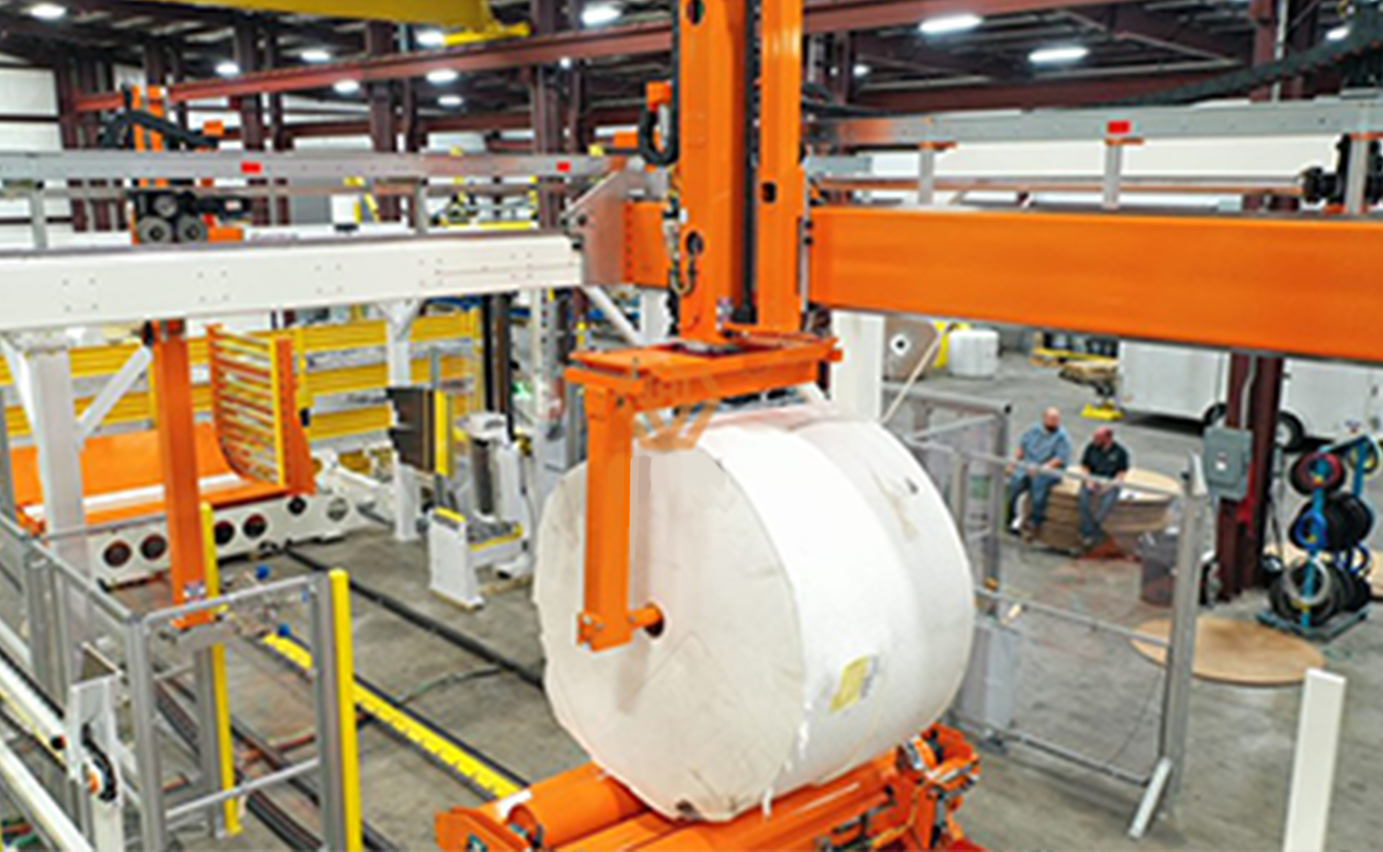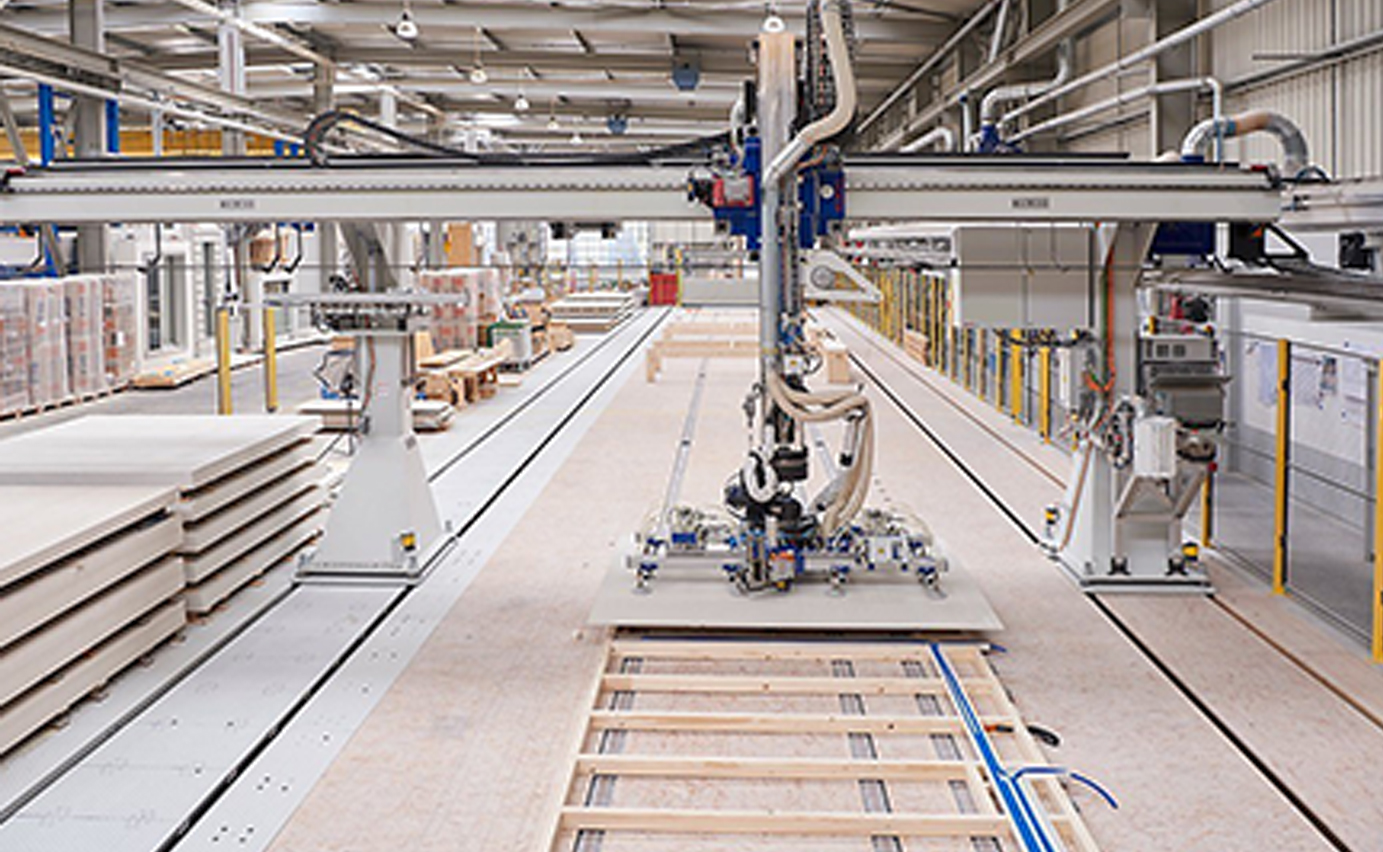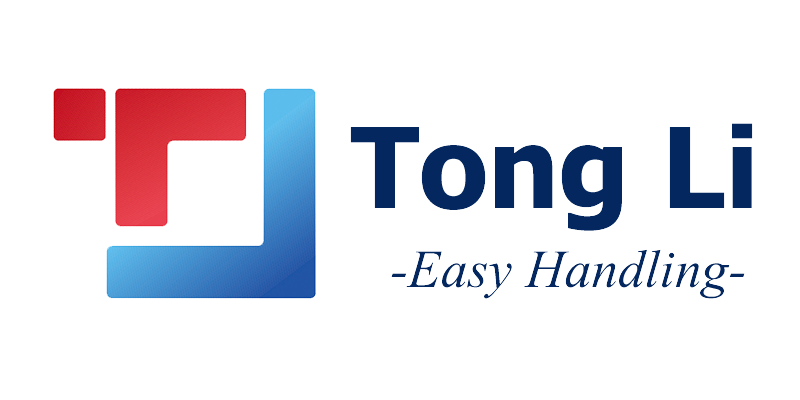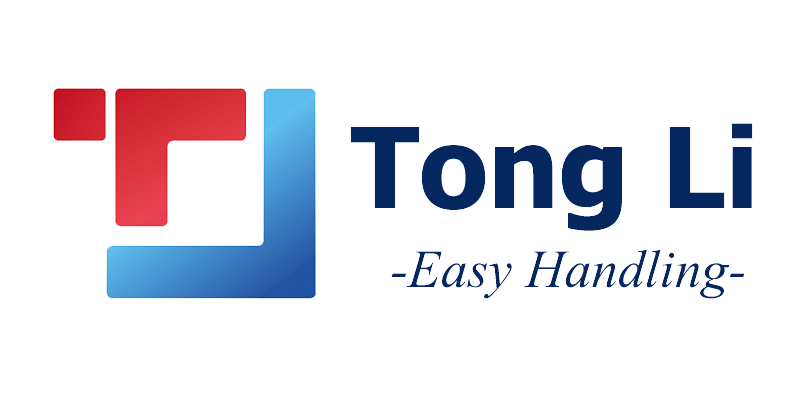

A truss robot, also known as a Cartesian robot or a gantry robot, refers to a multi-purpose manipulator that can realize automatic control, reprogrammable, multi-degree-of-freedom, and a right-angle relationship between motion degrees of freedom. Its working behavior is mainly carried out by completing the linear motion along the X, Y and Z axes. The single-axis mechanical arm driven by the servo motor and the stepping motor is the basic working unit. Belt, rack and pinion are commonly used transmission methods to build a robot system, which can reach any point in the XYZ three-dimensional coordinate system and follow a controllable motion trajectory.
2. Features
2.1. Degree of freedom movement, the space angle between each movement degree of freedom is a right angle;
2.2. It is automatically controlled and can be programmed repeatedly, and all movements are run according to the program;
2.3. The load is heavy, and the fixture can be arbitrarily designed according to the functional needs;
2.3, generally consists of control system, drive system, mechanical system, operating tools, etc.
2.4, flexible, multi-functional, different functions due to different operating tools.
2.5. High reliability (stable operation), fast running speed, repeatability and simple operation.
2.6. It can be used in harsh environments, can work for a long time, and is easy to operate and maintain.
3. Application occasions
The truss robot can be widely used in common industrial production fields such as dispensing, plastic dropping, spraying, palletizing, sorting, packaging, welding, metal processing, handling, loading and unloading, assembly, printing, etc. It can replace labor and improve production efficiency. , stable product quality and other aspects have significant application value.
At the same time, according to different application occasions, the truss robot can have different design requirements, such as selecting different transmission modes according to the requirements for accuracy and speed, and selecting different clamping equipment (fixtures, claws) for the end work head according to specific process requirements. Hand, mounting frame, etc.), as well as the design selection of teaching programming, coordinate positioning, visual recognition and other working modes, so that it can meet the application requirements of different fields and different working conditions.




